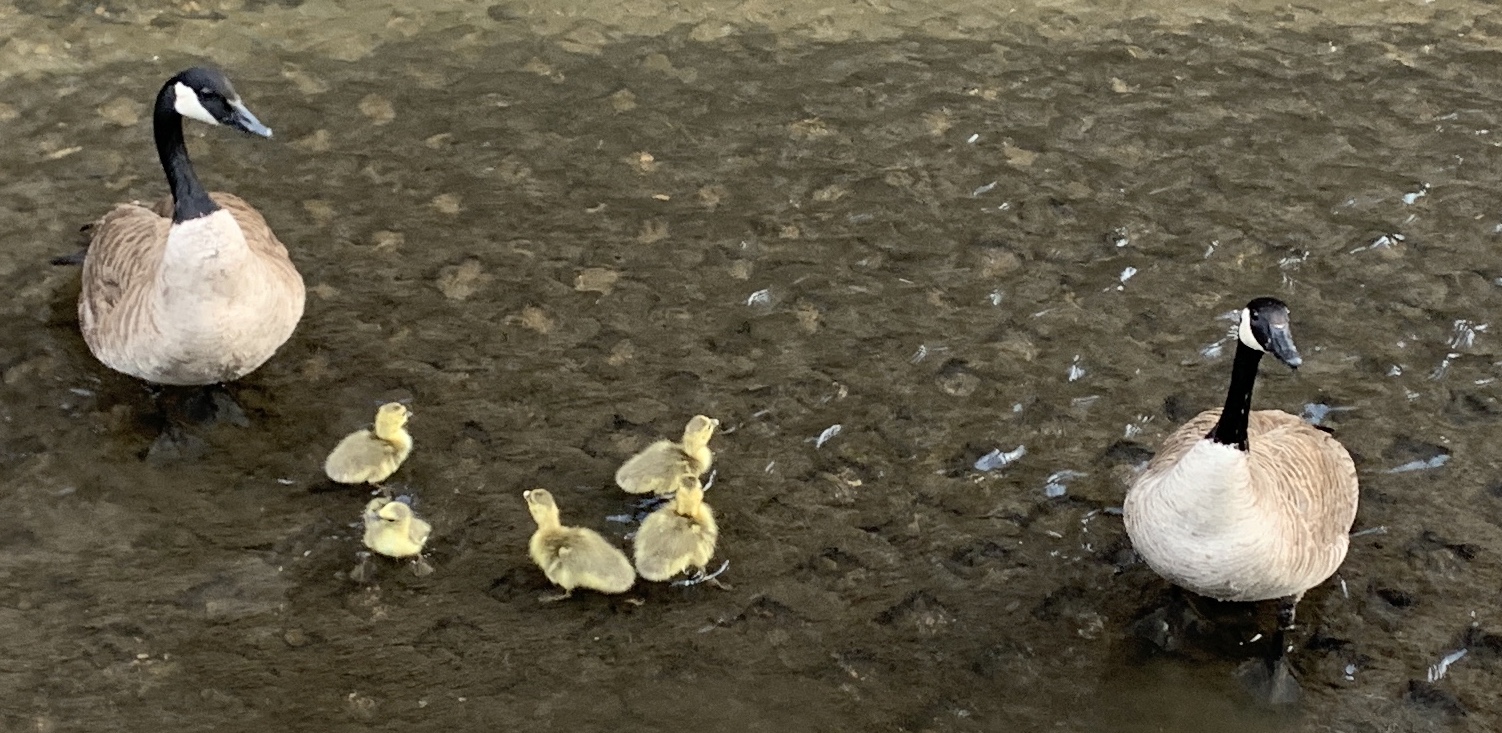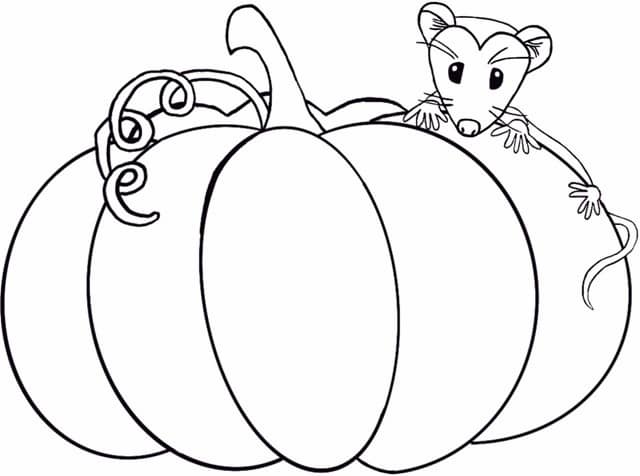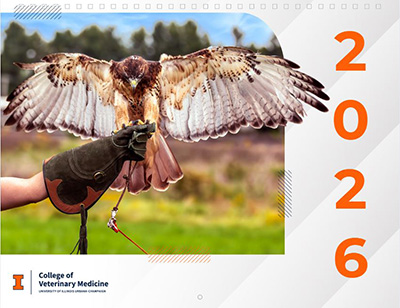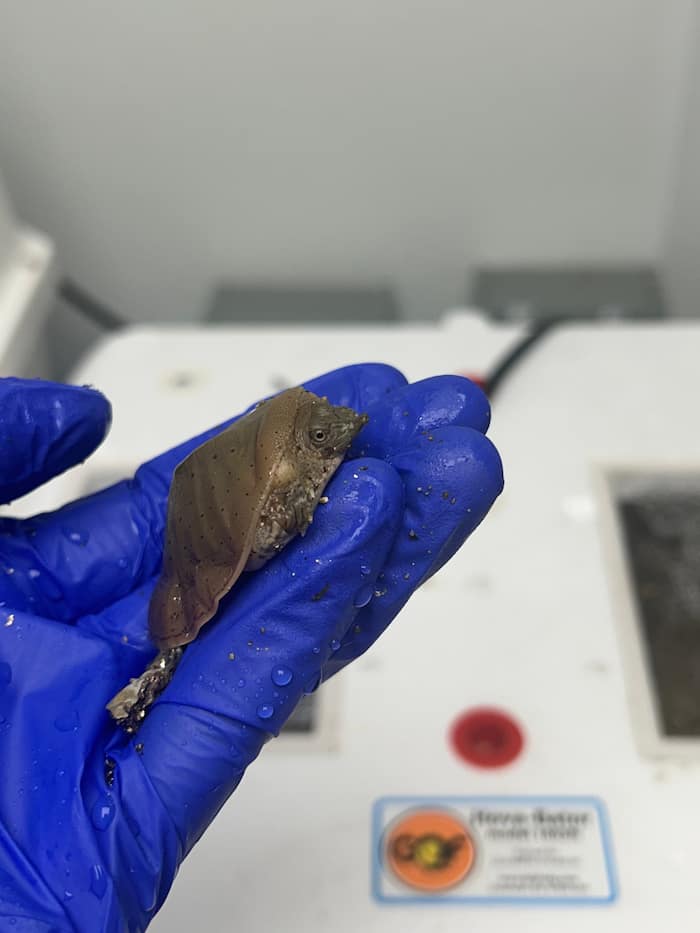September 29th marks the annual Goose Day holiday! On this day, the Wildlife Medical Clinic wants to celebrate one of the largest and most populous of birds in the Urbana-Champaign area – the Canada goose. Every year, the Wildlife Medical Clinic sees 50 to 100 Canada geese brought to us by members of the public. Here is some relevant information about this species and what we do to care for them at the Clinic.
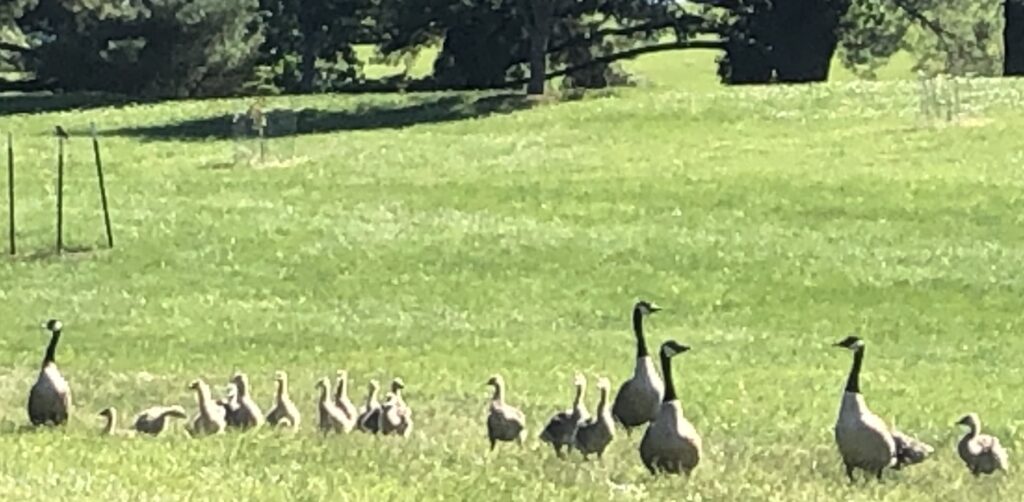
Take a Gander at Canada Geese
Canada geese are distinct birds with a large grey body and a black neck and head. When fully grown, they can weigh up to 24 pounds and be anywhere from 24 to 48 inches in length. They lay about two to twelve eggs per clutch with an average of five. The female will incubate her eggs for about 28 days in a bowl-shaped nest made of plant material and feathers. Once hatched, goslings stay with their parents until about ten to twelve months of age, or until they can fly off on their own and defend themselves.
Canada geese eat a variety of foods – at the clinic, we primarily offer game bird chow and waterfowl pellets to be sure they get the nutrients they need to grow and heal. However, in the wild, they enjoy eating vegetation found near bodies of water, along with the occasional fish and small invertebrates. Typically, Canada geese live near lakes, ponds, rivers, or any body of water in an urban area making it easy for them to find these kinds of foods.
This species is relatively long lived, with a life expectancy between 10 and 25 years. Despite migrating each year, individuals tend to come back to the same areas throughout their life. In the spring and summer, you can easily recognize flocks migrating in their V-shaped flight pattern as they make their way to their new home. Canada geese will typically migrate south during the winter months and return to the Midwest and other northern states in the spring and summer to mate and lay eggs. There are also populations of Canada geese which stay in central Illinois year-round, choosing not to migrate with the changing seasons. You may occasionally see Canada geese with silver anklets – these allow researchers to track their growth and migratory patterns. We have cared for several patients with these bands and can recognize them because of this tracking program.
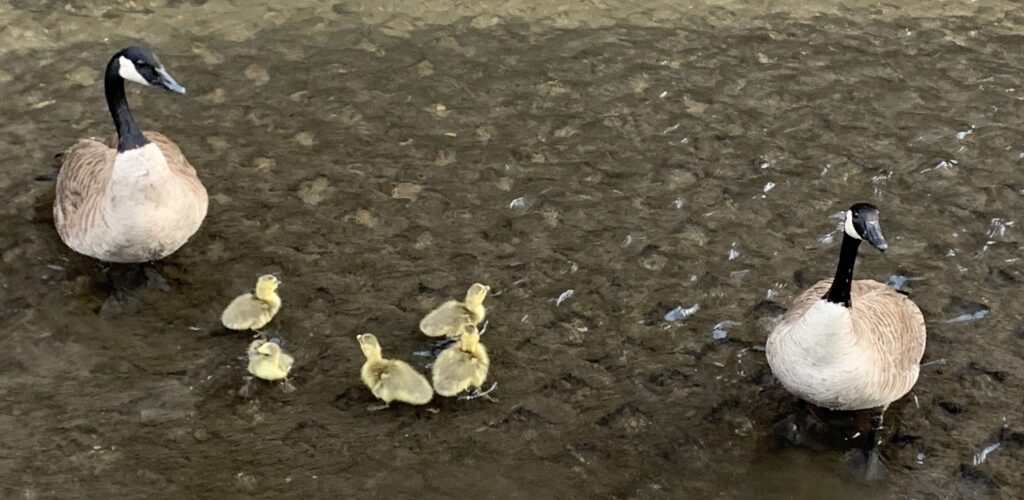
The Migratory Bird Treaty Act of 1918 extends to several species of birds, including the Canada goose. This makes it illegal to hunt or interact with geese without having the proper permits. This Act also makes it illegal to remove eggs from their nests, relocate their nests, or destroy their nests entirely without a proper permit. If you have a nest or goose family that you are concerned about, please give a call to the Conservation Police with the Illinois Department of Natural Resources for additional guidance.
At the Clinic
While at the clinic, Canada geese are usually housed in our larger enclosures. They need lots of room to stand and walk around. Unless their medical condition prohibits it, we also give them a small pool of water for them to float if they choose to do so. It is important that we make sure they are getting their proper exercise, help care for their feet, and encourage natural behaviors while they are in our care. We also give geese soft padding for them to walk on, so their feet do not develop sores, also called pododermatitis.
Canada geese are one of our most common species affected by fishing line at the clinic. One of the patients seen over this year was a Canada goose that had its leg completely amputated by having a fishing line restrict circulation for a long period of time. Please be sure to take all potentially hazardous material with you when you end your fishing festivities and exit bodies of water. If you happen to see a fishing line in the water that has not made its way to a goose or another animal yet, please consider removing it from the environment for the greater good.
Of the waterfowl species we treat at the clinic, Canada geese are known to care for goslings from other families if they are the same size as their own. We take advantage of this parental instinct when we can if we have an orphaned, healthy gosling presented to the clinic and a goose family with similarly sized goslings willing to take it on!
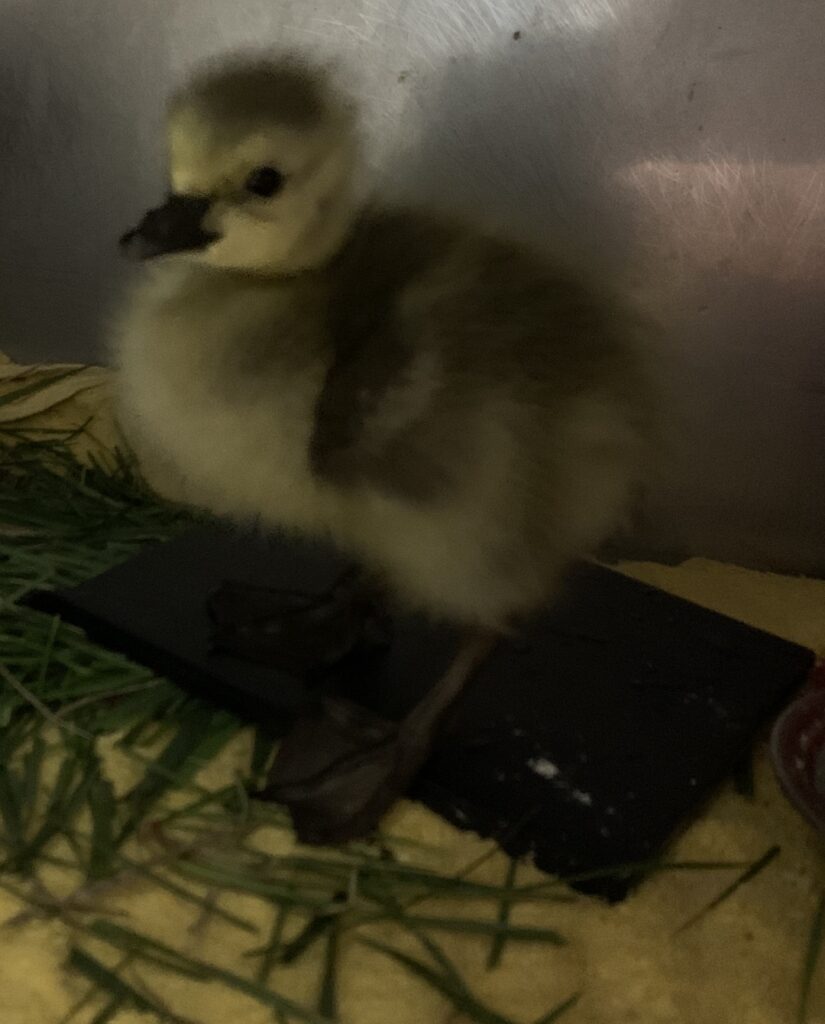
How to Handle an Injured Goose
If you have seen a Canada goose hit by a car or injured in another way, it is a good idea to get them to the Wildlife Medical Clinic or licensed wildlife rehabilitator so they can be treated for any injuries. When you attempt to safely handle an injured goose, please know that geese can be easily stressed. Signs of stress include increased vocalization like honking or hissing, forcefully flapping their wings in attempt to escape, and running away if they are able. It is best to use a towel to safely cover their body to prevent their wings from flapping, then grab their head so they are unable to bite. Their feet do have nails which can scratch, so wearing long sleeves can be helpful to protect yourself during that initial catch up. Once the head and body are secure, you can lift them up by scooping your hand under their keel and place them into a large cardboard box or a crate.
Canada geese are attracted to the grassy areas and pools we often use for our own recreation. Because of this, they are a common species in conflict with people and pets. Despite this, Canada geese are an important part of our ecosystem. We are proud to do our part at the Wildlife Medical Clinic to help these birds and to relieve suffering when human-animal conflicts occur. If you would like to learn more about Canada geese, what we do in the Wildlife Medical Clinic to help care for them and other wild animals, or if you find an animal in need, we welcome you to visit our website for additional information.
Written by Chloe Dupleix, class of 2024.
References:
- Canada goose identification, all about birds, Cornell Lab of Ornithology. , All About Birds, Cornell Lab of Ornithology. (n.d.). Retrieved August 4, 2022, from https://www.allaboutbirds.org/guide/Canada_Goose/id
- Fish & Wildlife. (2021, September 17). Canada geese behavior & biology. Fish & Wildlife. Retrieved August 4, 2022, from https://www.in.gov/dnr/fish-and-wildlife/hunting-and-trapping/canada-geese-management/behavior-and-biology/
- The Federal Register. Federal Register :: Request Access. (n.d.). Retrieved August 4, 2022, from https://www.federalregister.gov/documents/2019/06/20/2019-13097/migratory-bird-permits-regulations-for-managing-resident-canada-goose-populations#:~:text=Authority%20and%20Responsibility,-Migratory%20birds%20are&text=Canada%20geese%20are%20federally%20protected,most%20restrictive%20of%20the%20four.

